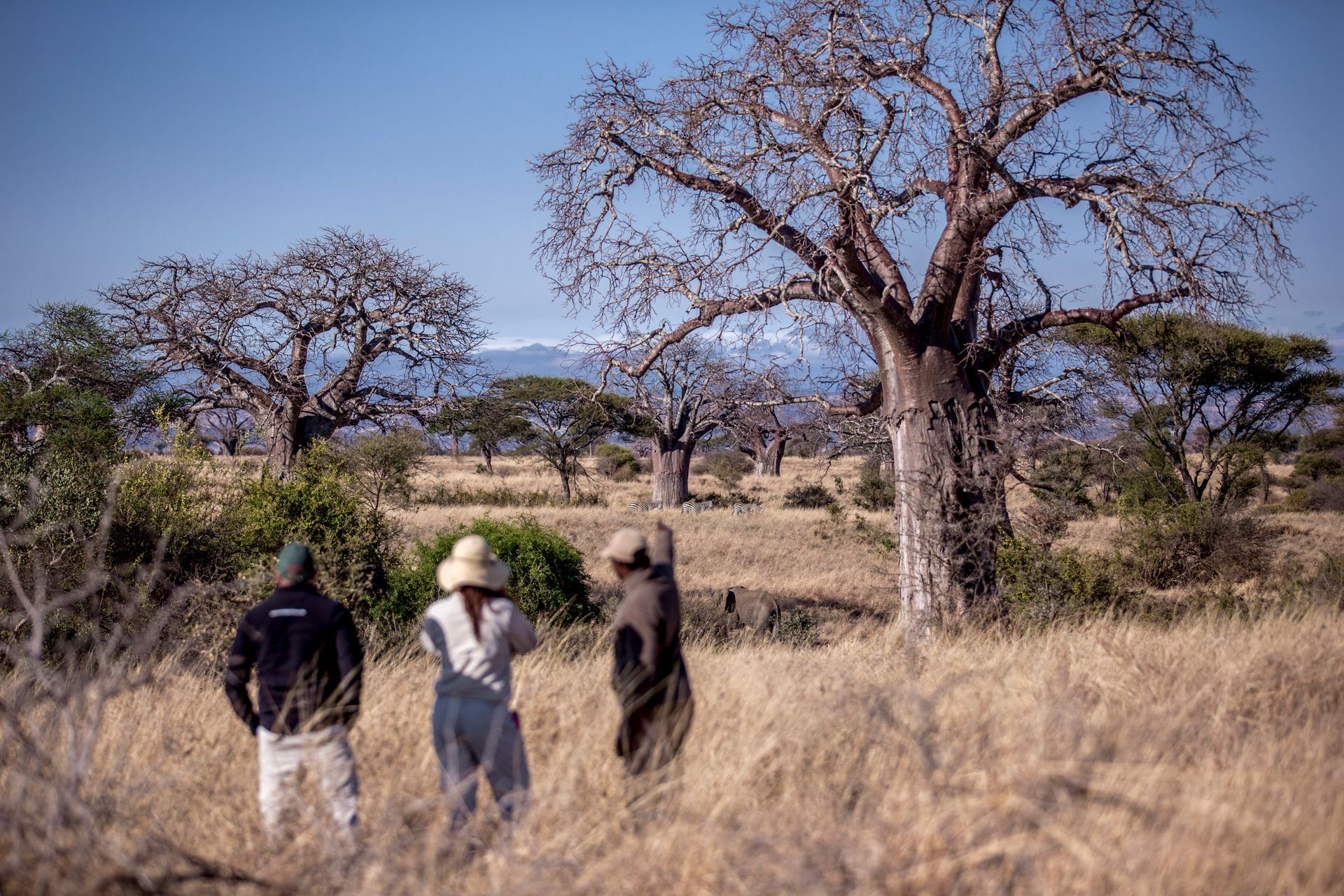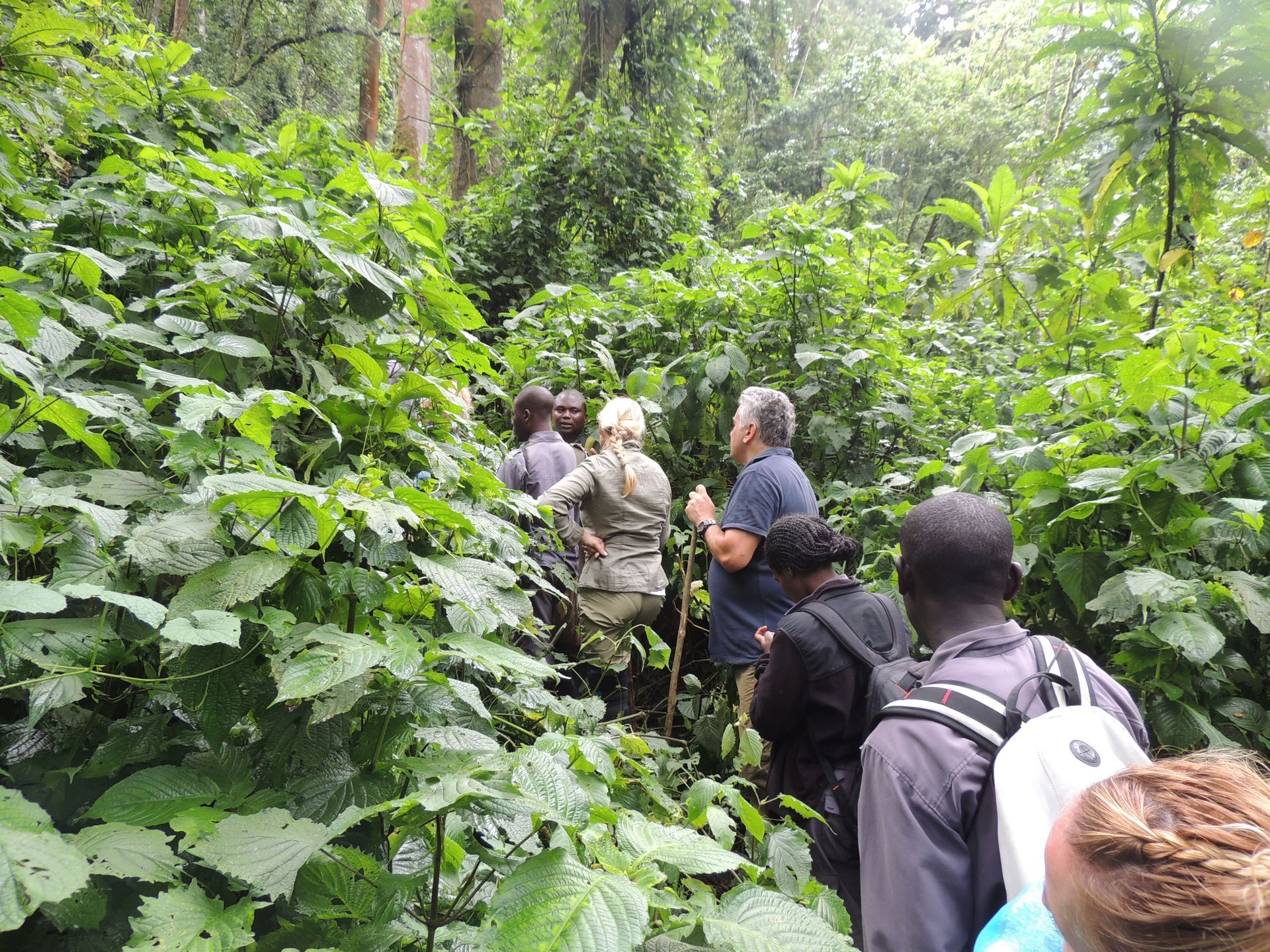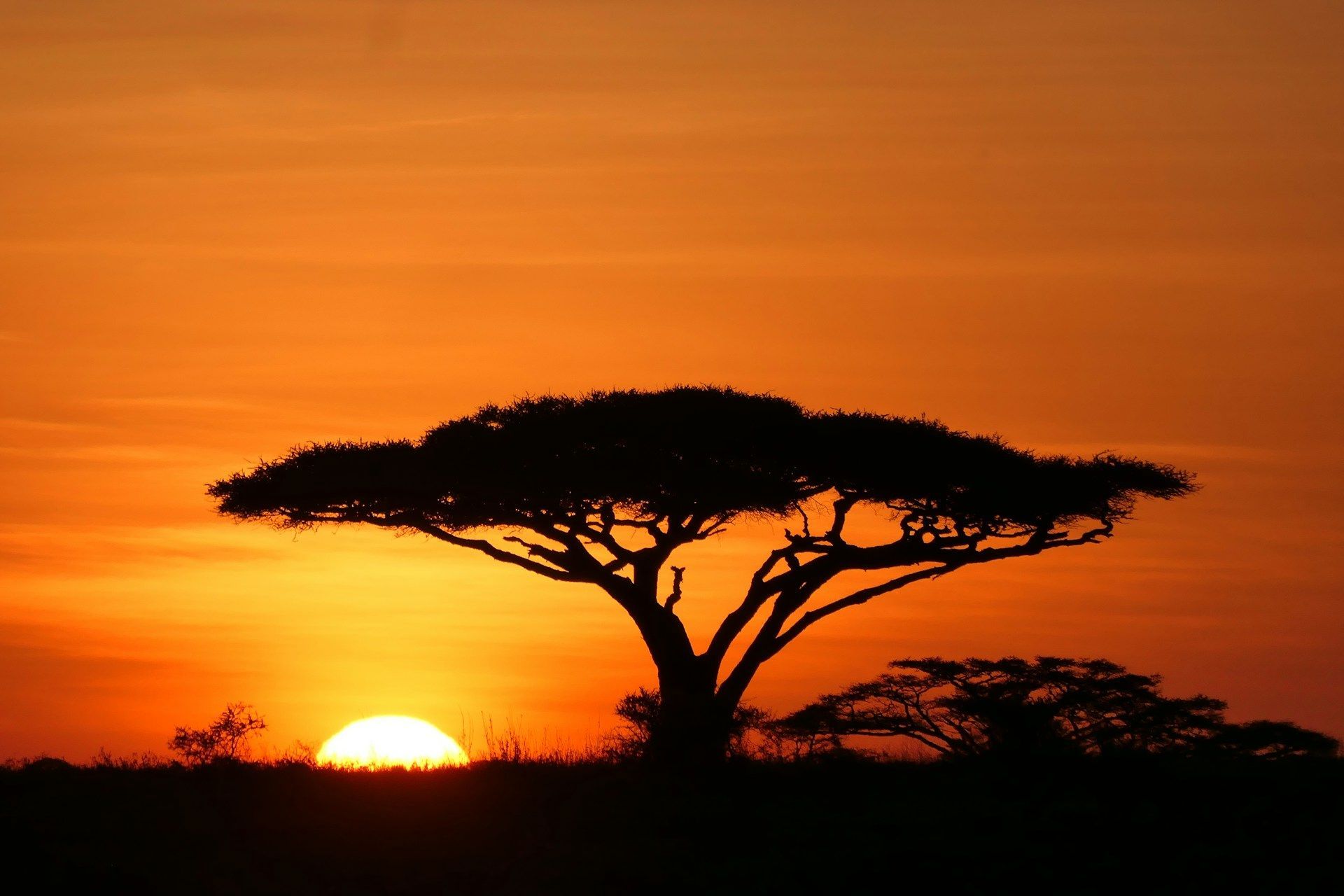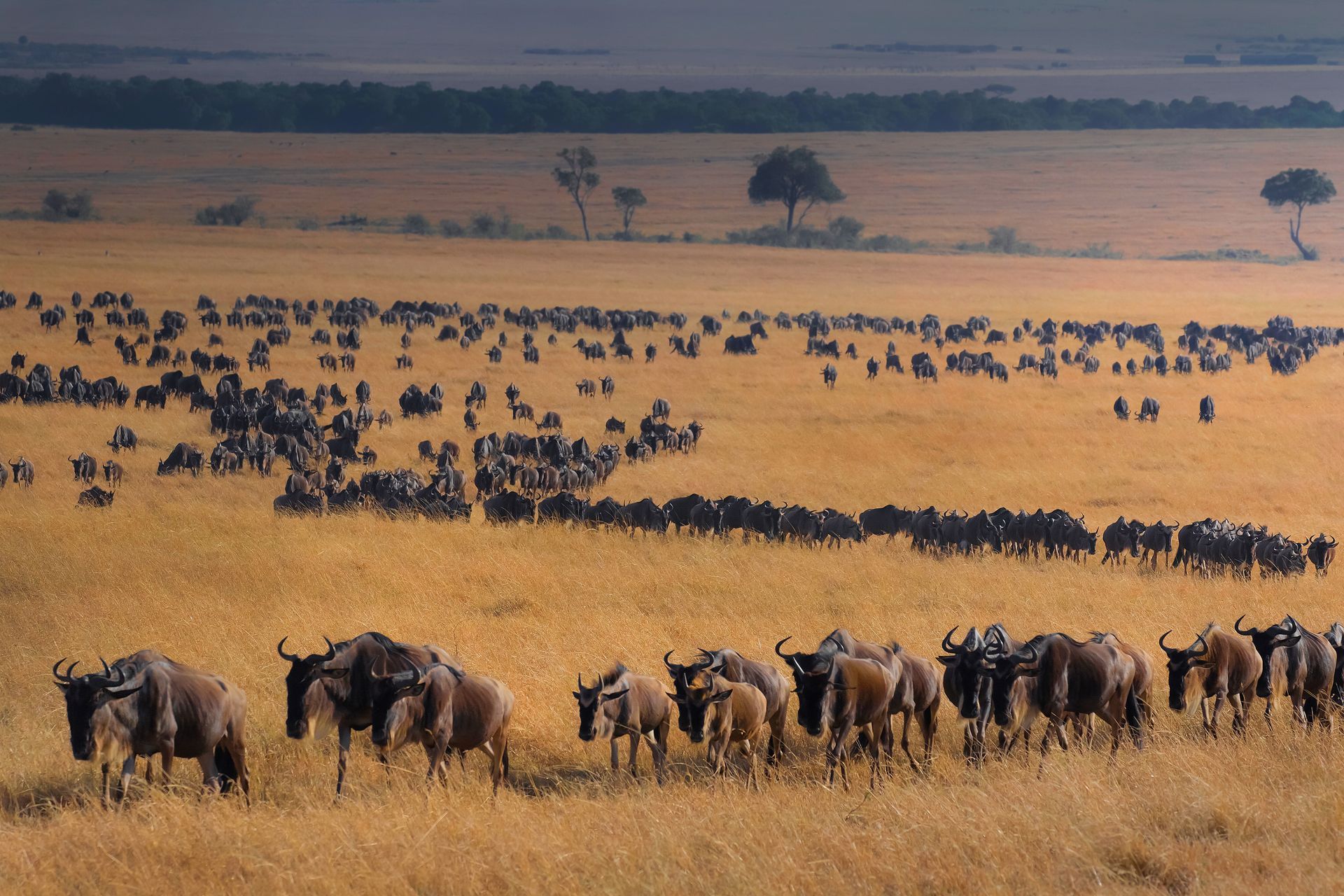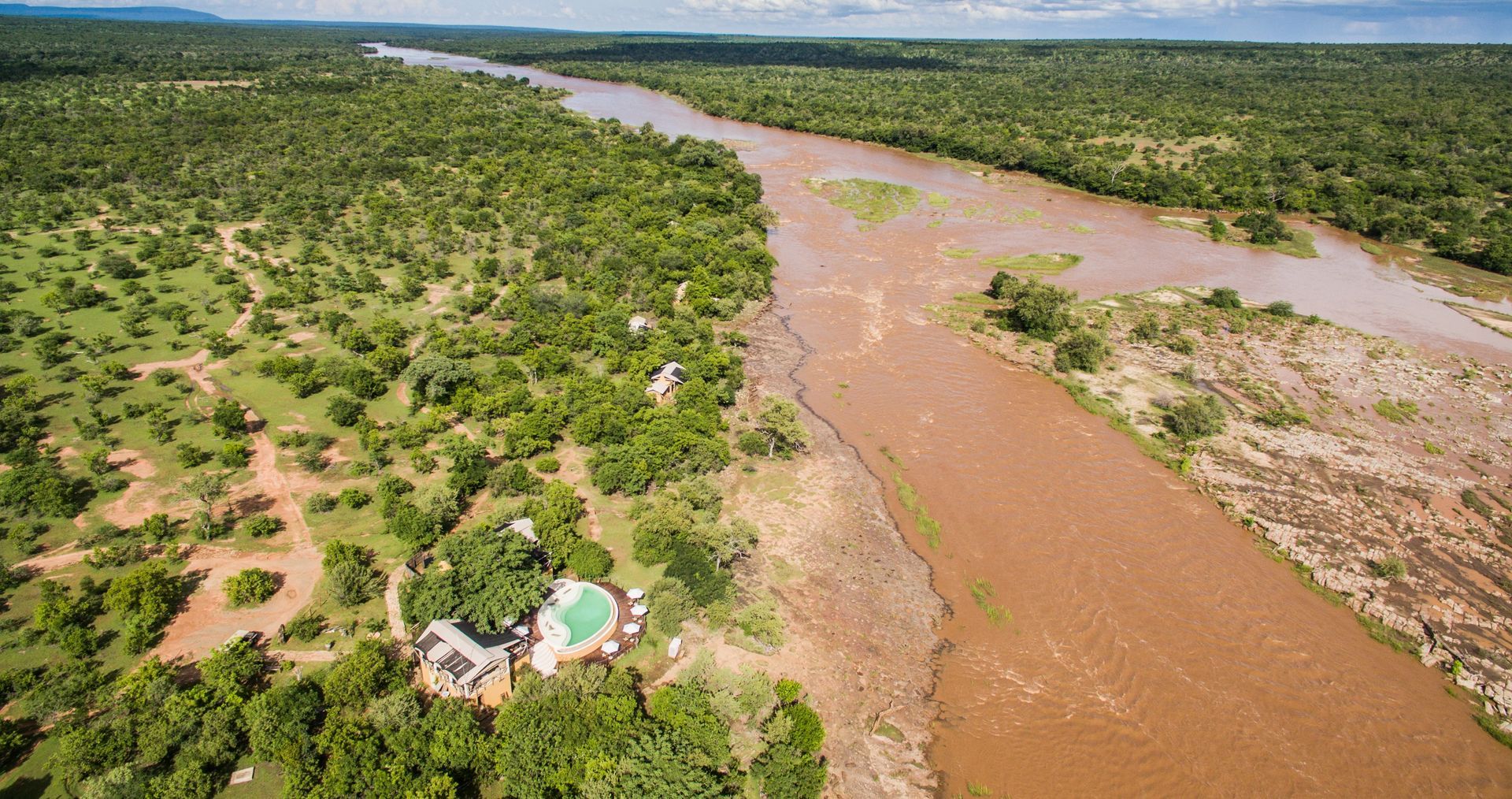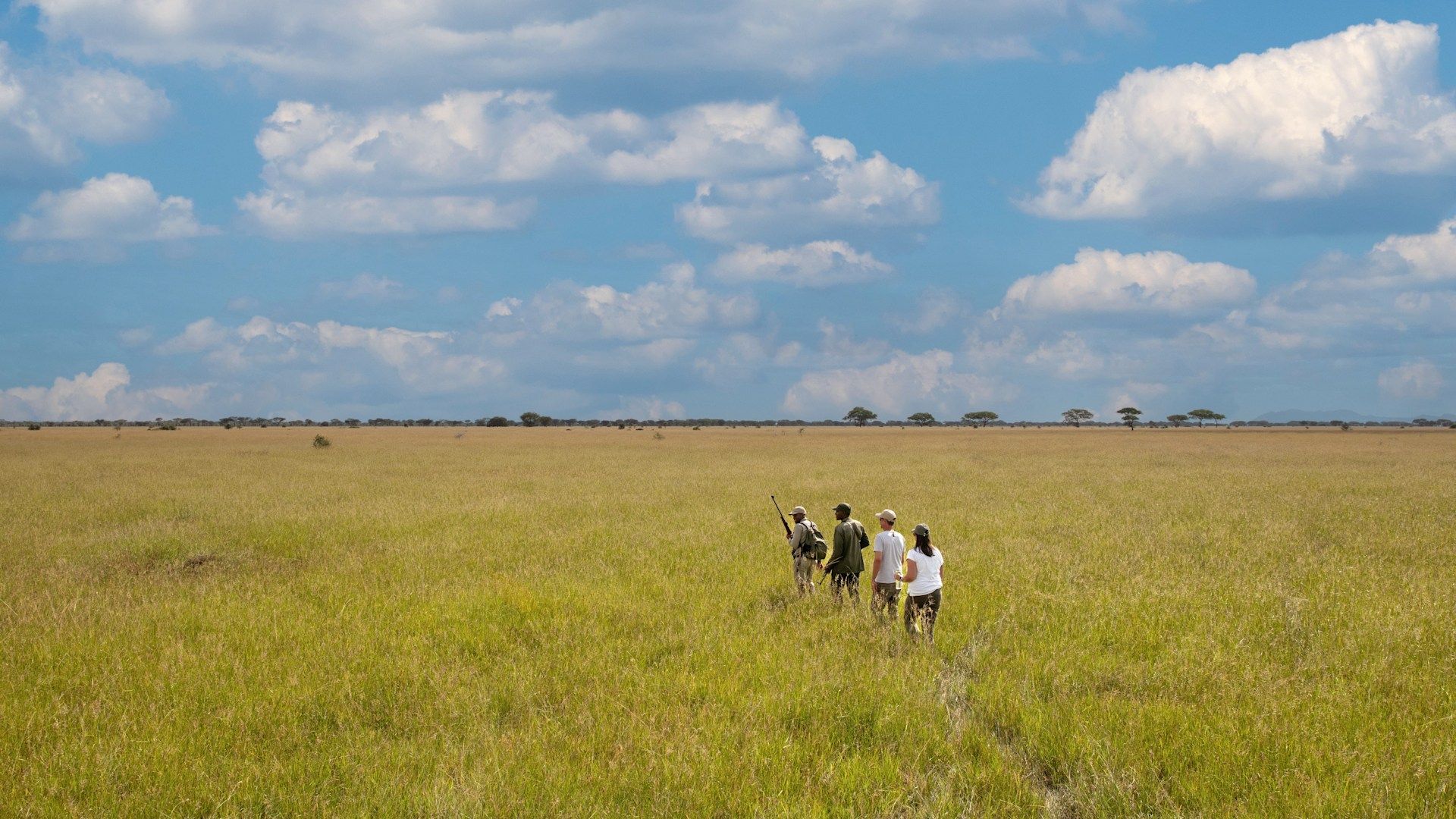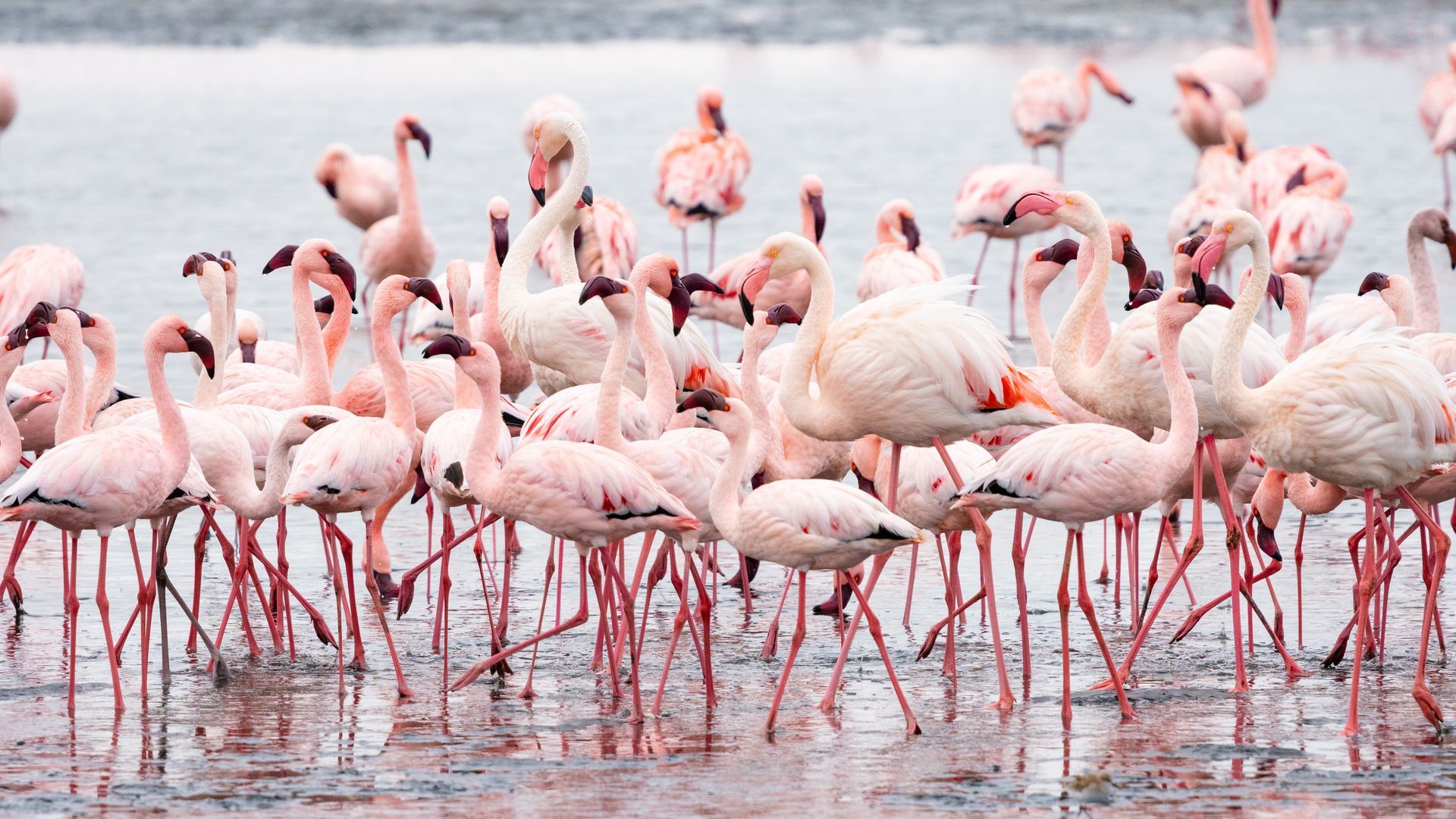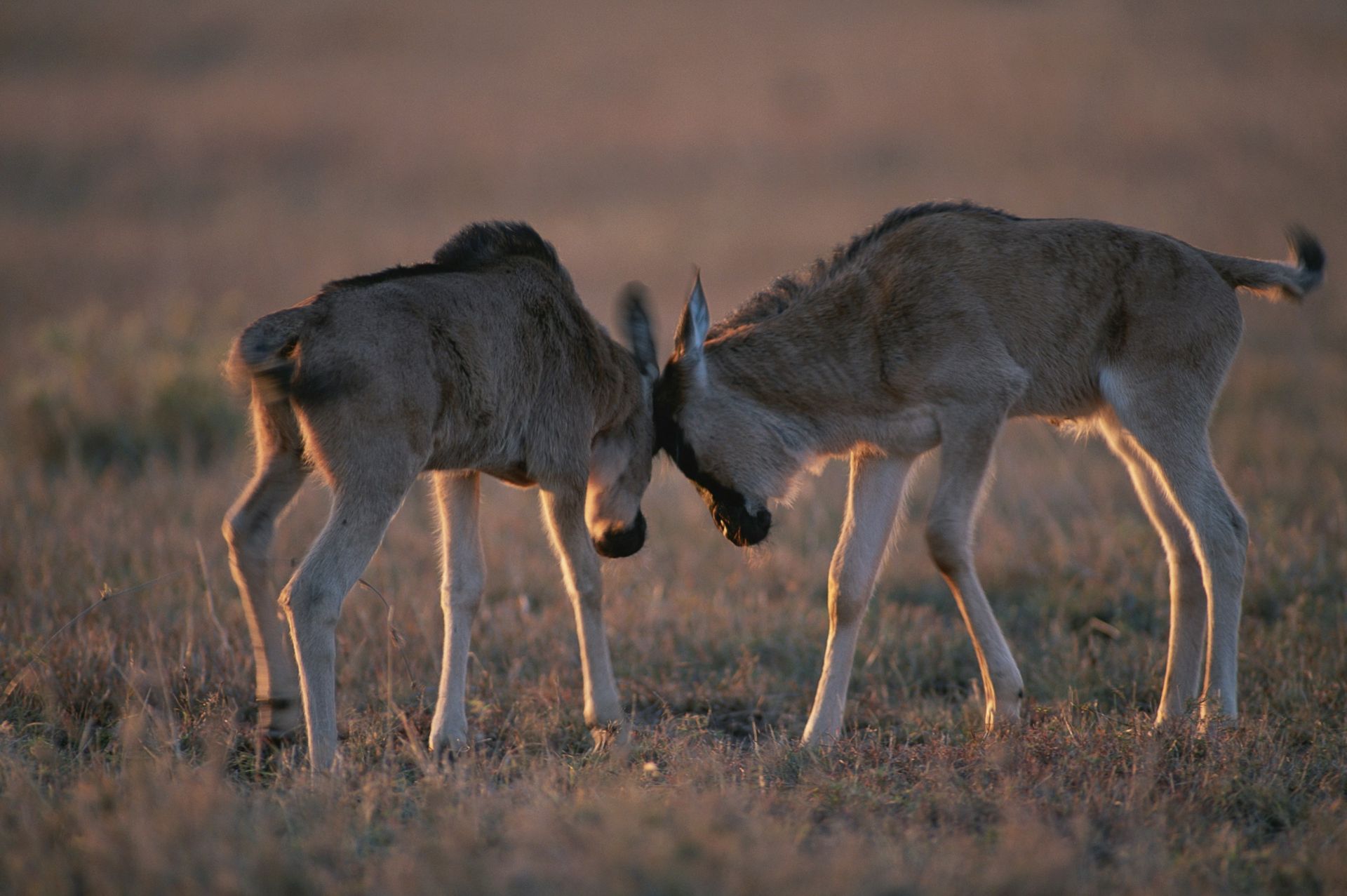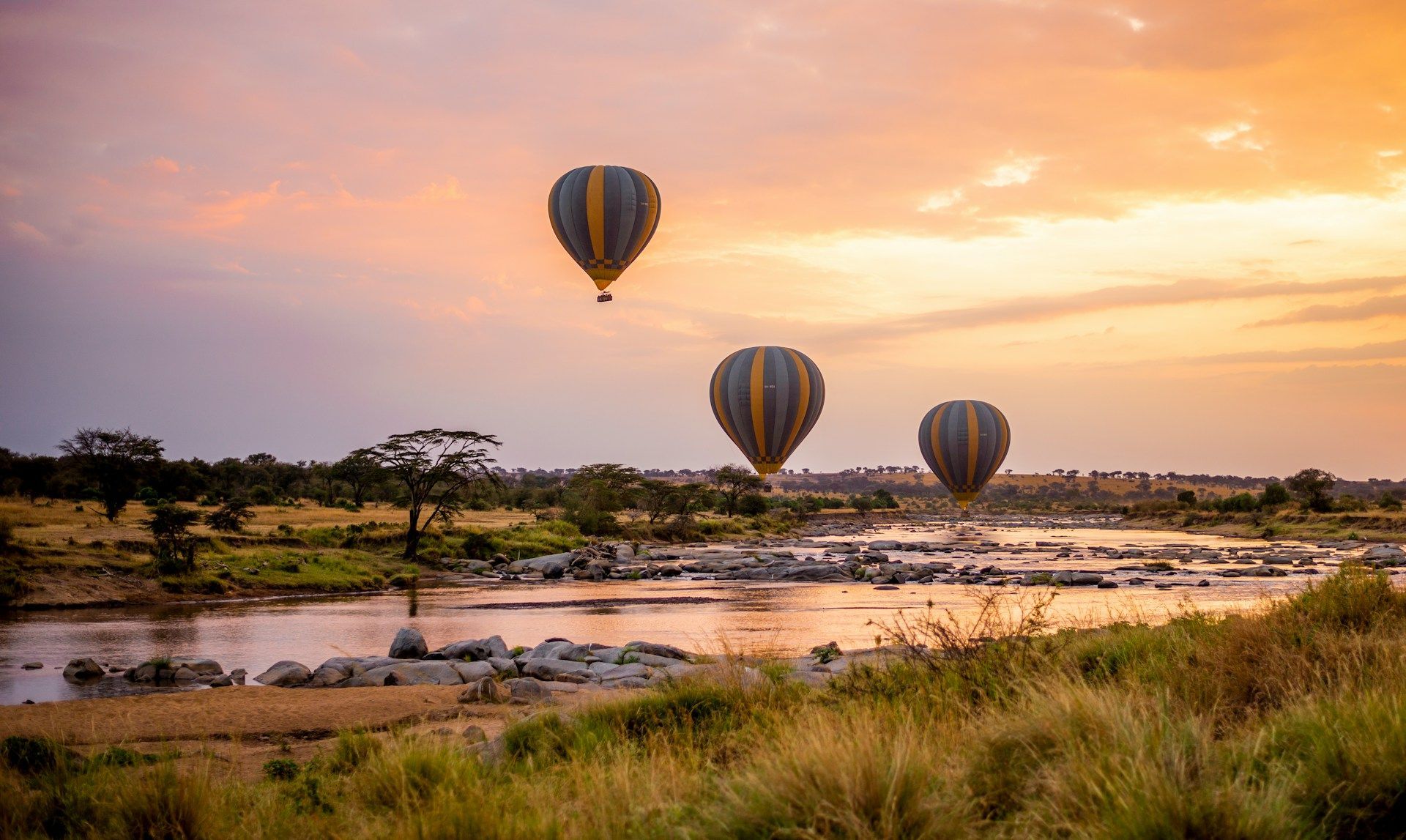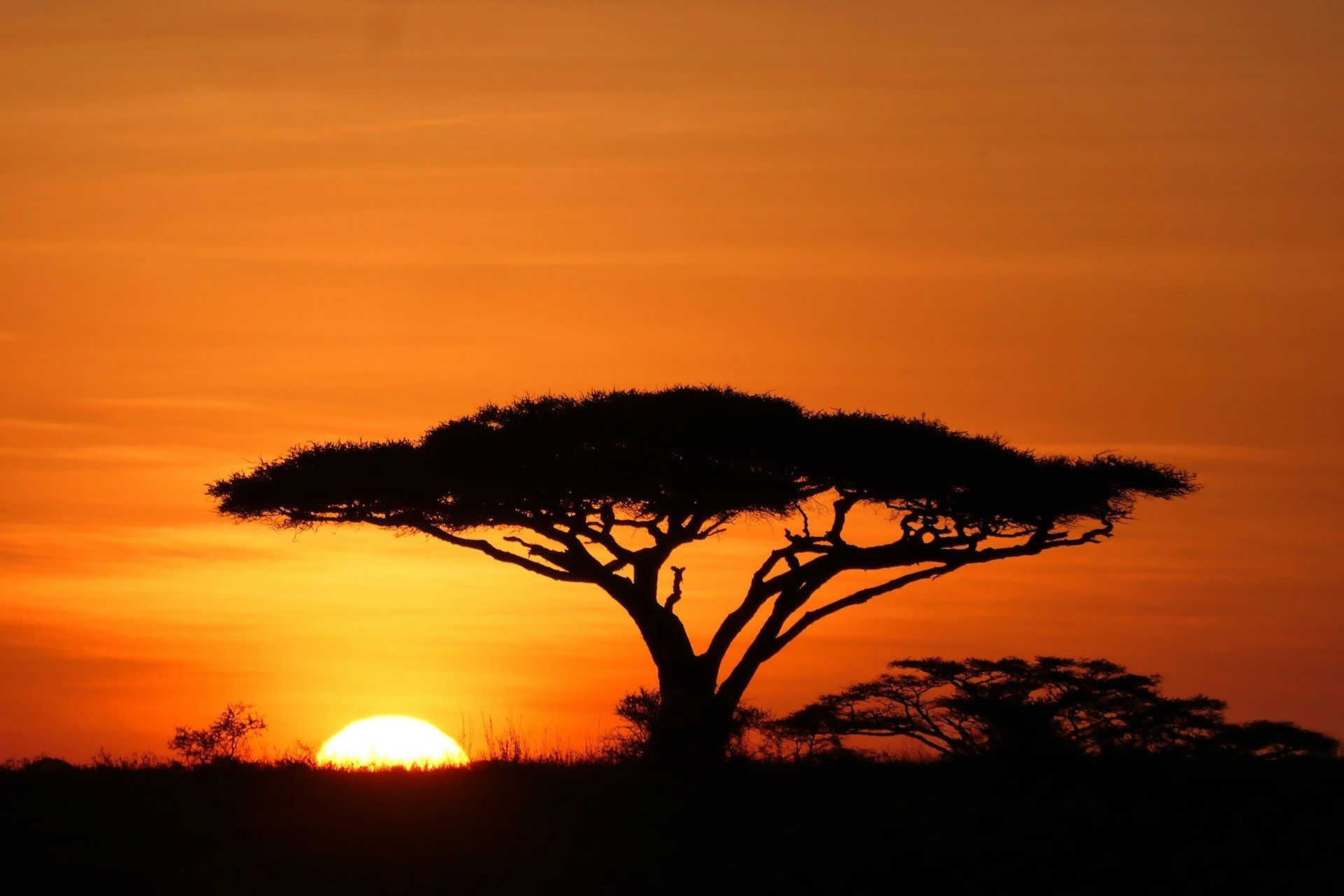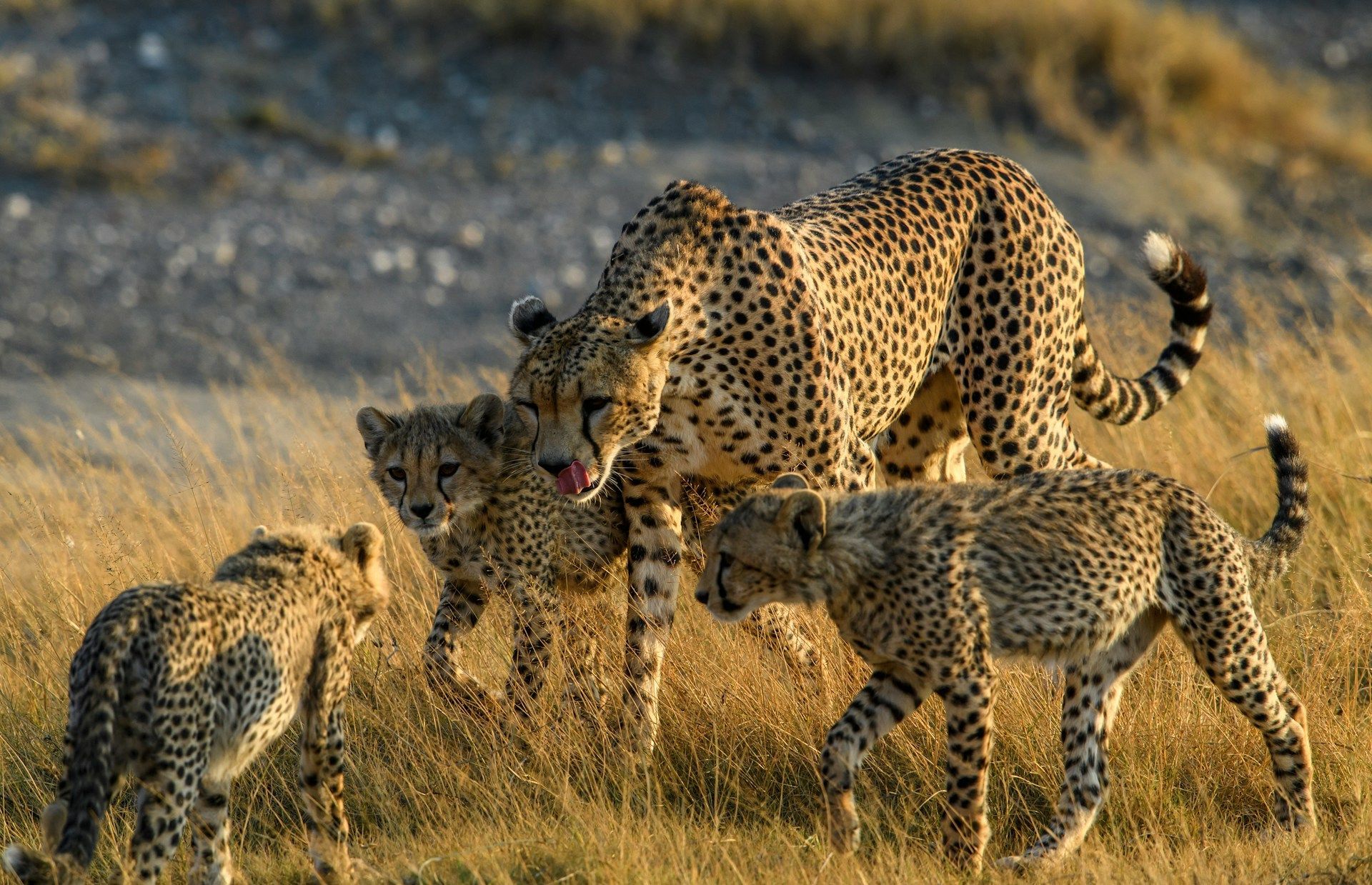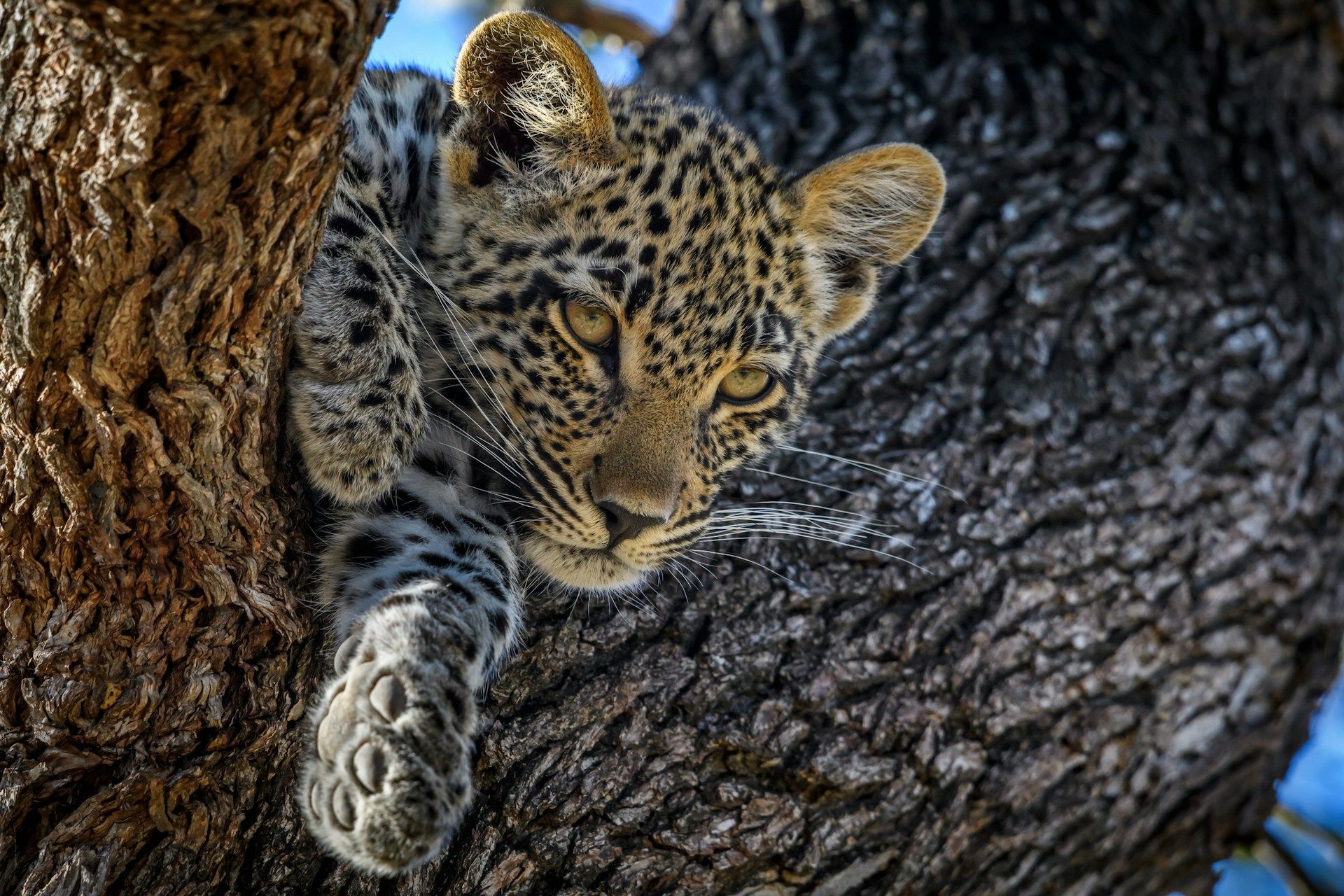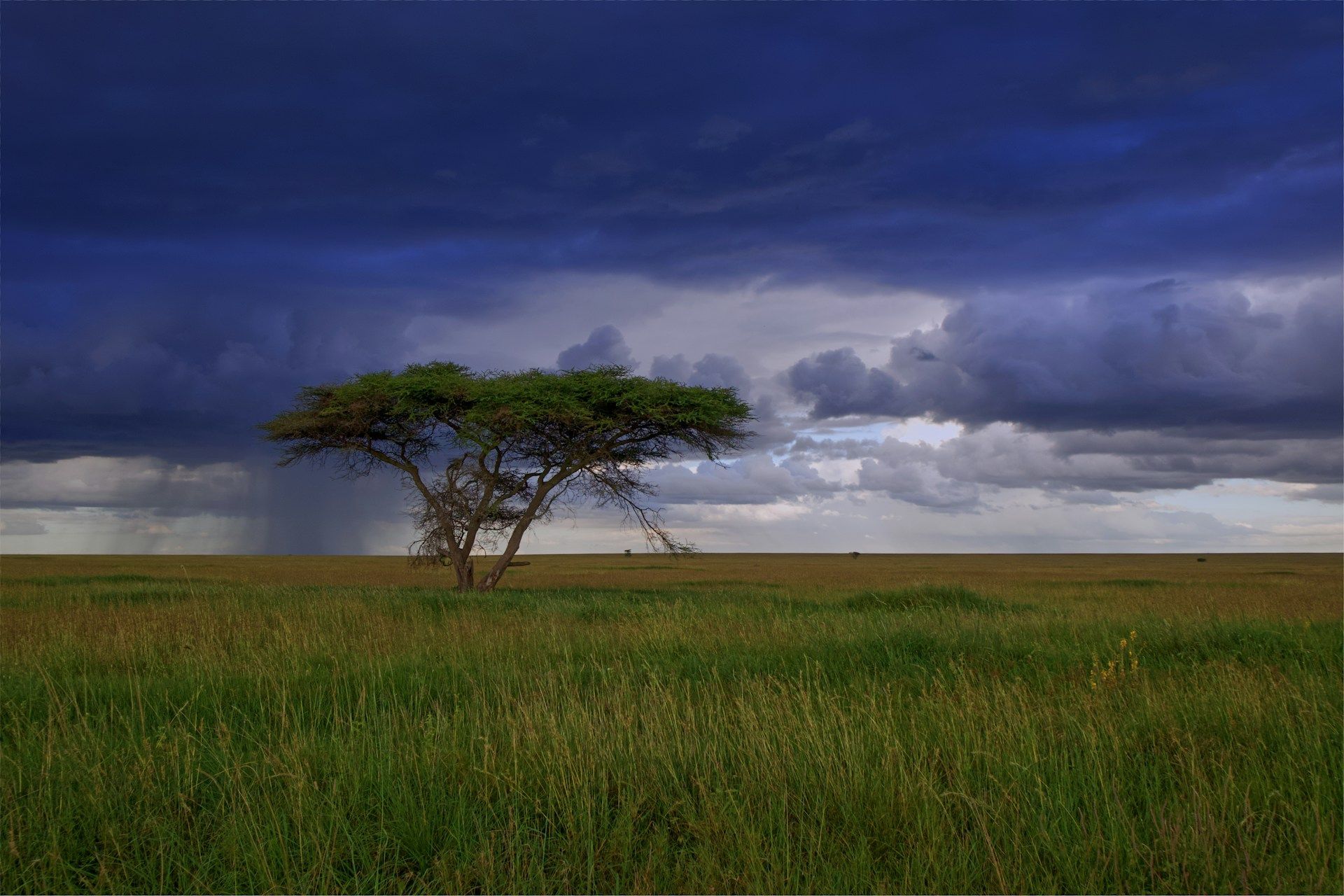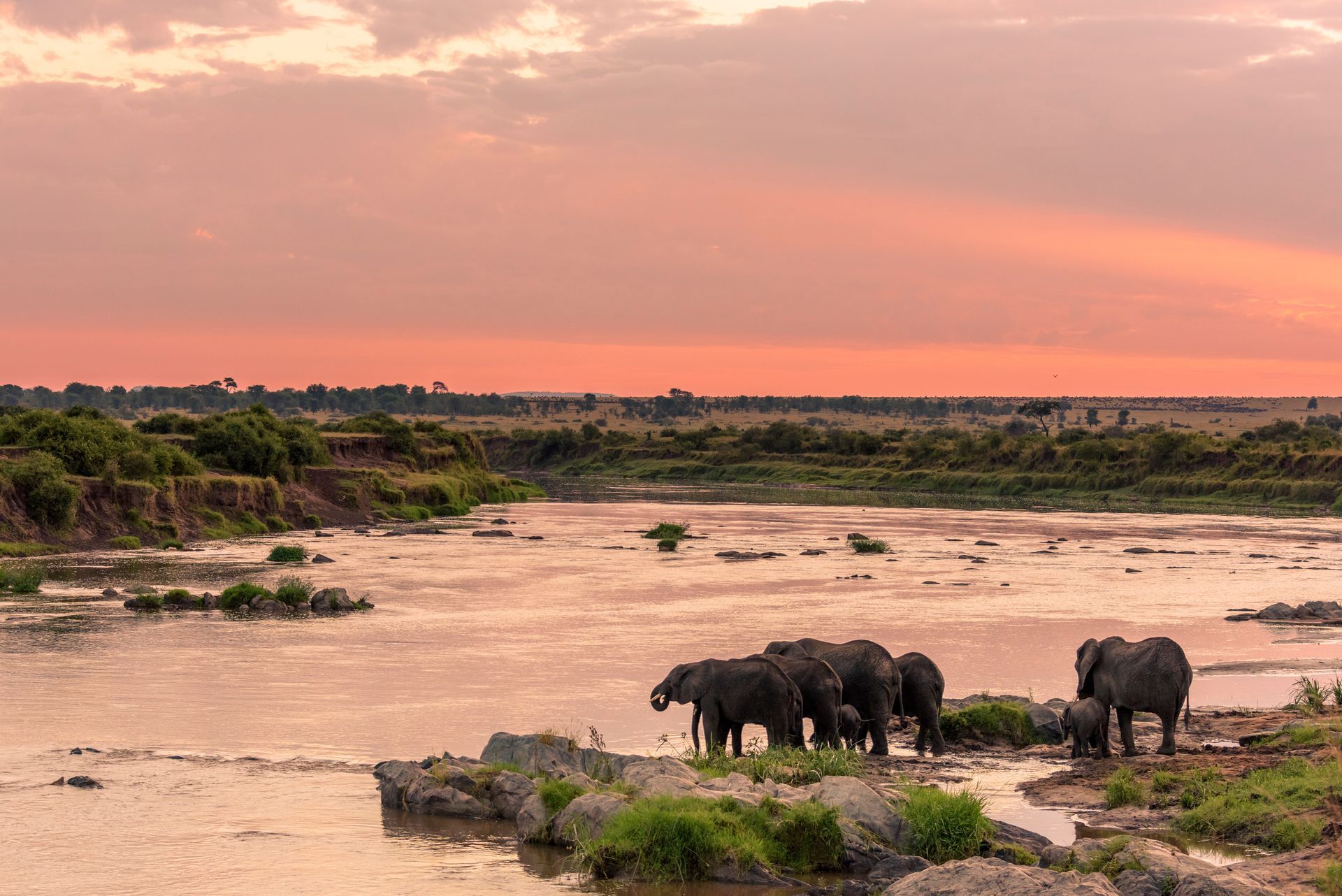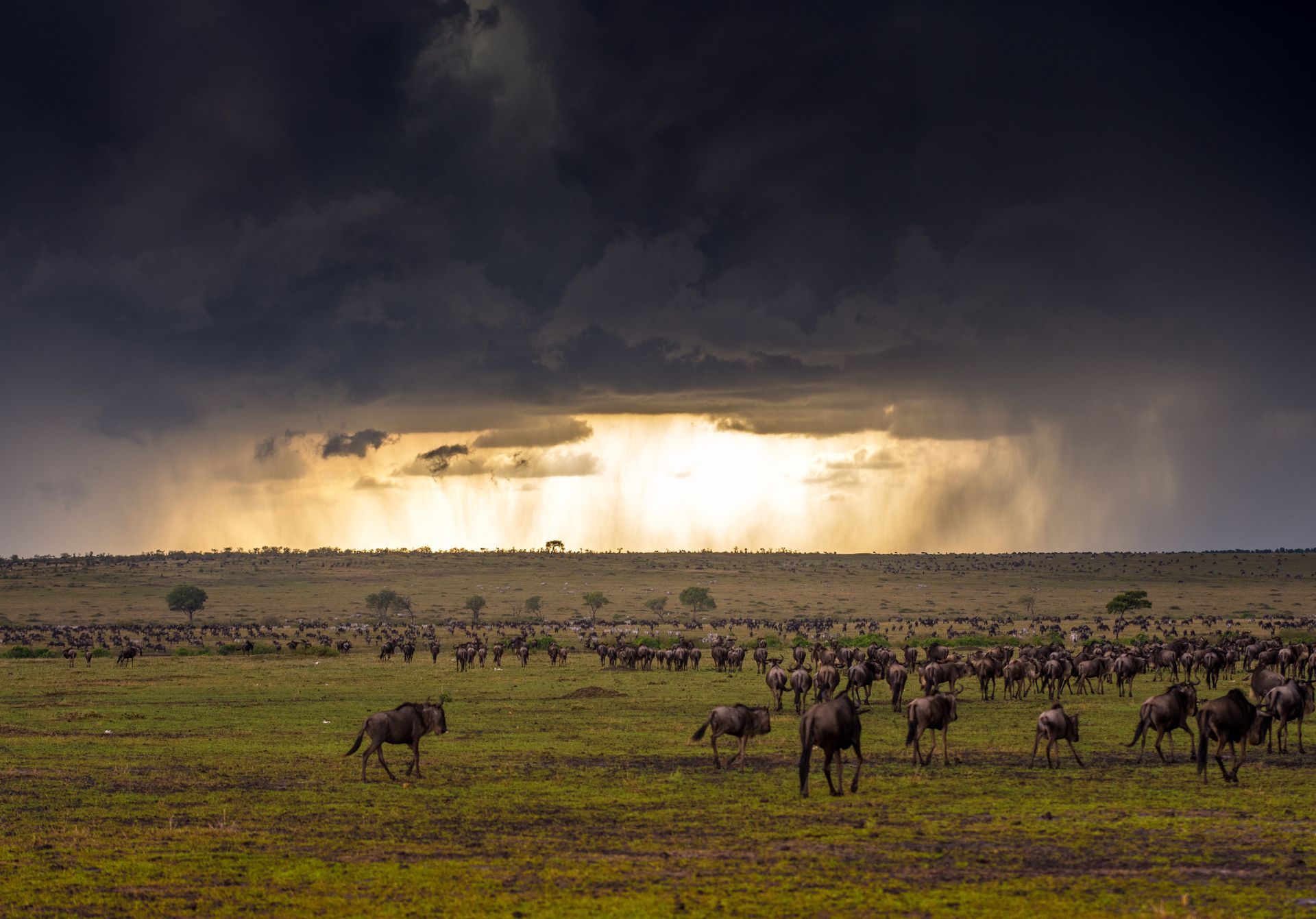Serengeti - an African legend
Discover Tanzania's most iconic national park
It's a name synonymous with wild Africa... Serengeti. A name derived from the Maasai word siringit, which means "endless plains". Located in northern Tanzania, this UNESCO World Heritage site sprawls over 14,750 square kilometres, encompassing an array of ecosystems that host an astounding diversity of flora and fauna. Renowned for the annual Great Wildebeest Migration, the park is a living testament to the beauty and complexity of the natural world, drawing visitors from across the globe to witness its unparalleled wildlife spectacles first-hand. Let's find out more about this incredible destination...
The history of Serengeti National Park dates back to 1951, when it was established as a protected area to conserve the unique landscapes and extraordinary wildlife of the region. Its name aptly describes the vast, open savannah that stretches as far as the eye can see and beyond, creating endless horizons and a sense of wonder. Before it was declared a national park, the Serengeti was the traditional land of the Maasai people, who coexisted with the region's wildlife in a delicate balance that continues to influence conservation efforts today.
Geological marvel
Geologically, the Serengeti is a marvel, featuring a complex tapestry of terrains that range from volcanic grasslands to riverine forests. The park sits atop a plateau between the eastern arm of the Great Rift Valley and the shores of Lake Victoria. This varied landscape is punctuated by granite outcrops known as kopjes, which provide shelter and vantage points for predators like lions and leopards. The Seronera River, a vital water source, winds through the central Serengeti, sustaining life even during the dry season. To the north are the Grumeti and Mara rivers, each renowned for the dramatic river crossings made by migrating wildebeest and zebra on their never-ending, circular odyssey.
As diverse as it is large
The biodiversity of the Serengeti is nothing short of astounding. The park is home to more than 500 bird species and 70 large mammal species, including the famed Big Five: lion, elephant, buffalo, leopard, and rhino. Additionally, the Serengeti supports significant populations of cheetah, giraffe, eland, and Grant's gazelle. The diverse habitats within the park, from acacia-dotted savannahs to dense woodlands and marshes, create a dynamic environment where countless species thrive.
Central to the Serengeti’s global acclaim is the Great Wildebeest Migration, often hailed as the most dramatic wildlife event on Earth. Each year, some 1,5-million wildebeest, accompanied by hundreds of thousands of zebras, embark on a perilous journey that spans nearly 2,000km in search of fresh grazing and water. This epic trek, driven by the cycles of the rains, involves river crossings fraught with danger as predators lie in wait. The migration’s timing and routes are dictated by ancient survival instincts, offering a spectacle of life and death that underscores the raw power of nature.
A conservation icon
The Serengeti’s significance as a conservation area cannot be overstated. It serves as a critical refuge for endangered species and a genetic reservoir that ensures the long-term survival of numerous wildlife populations. The park is managed by the Tanzanian National Parks Authority in collaboration with various international conservation organisations. Efforts focus on combating poaching, mitigating human-wildlife conflict, and preserving the ecological integrity of the region. The success of these initiatives is evident in the thriving wildlife populations and the park’s resilience in the face of growing environmental pressures.
The park’s importance extends beyond its borders, influencing conservation strategies across East Africa. The Serengeti-Mara ecosystem, shared with Kenya’s Masai Mara National Reserve, forms a contiguous habitat that supports the migration and other ecological processes. This transboundary conservation model exemplifies the collaborative efforts necessary to protect biodiversity on a regional scale.
Timeless beauty
Visitors to the Serengeti National Park are often struck by the sheer scale and timeless beauty of the landscape. From the golden plains teeming with wildlife to the tranquil moments at dawn when the savannah comes to life, the Serengeti offers a profound connection to the natural world. Whether witnessing a lion pride on the hunt, observing the intricate social structures of elephant herds, or marvelling at the avian diversity, each experience in the Serengeti leaves an indelible mark.
In essence, the Serengeti National Park is more than just a protected area; it is a symbol of nature’s grandeur and a beacon of hope for conservation. Its vast landscapes and rich biodiversity serve as a reminder of the importance of preserving our planet’s natural heritage for future generations. As the world continues to change, the Serengeti stands as a timeless testament to the enduring beauty and resilience of the wild.
Talk to us today about including the Serengeti in your northern Tanzania itinerary.
